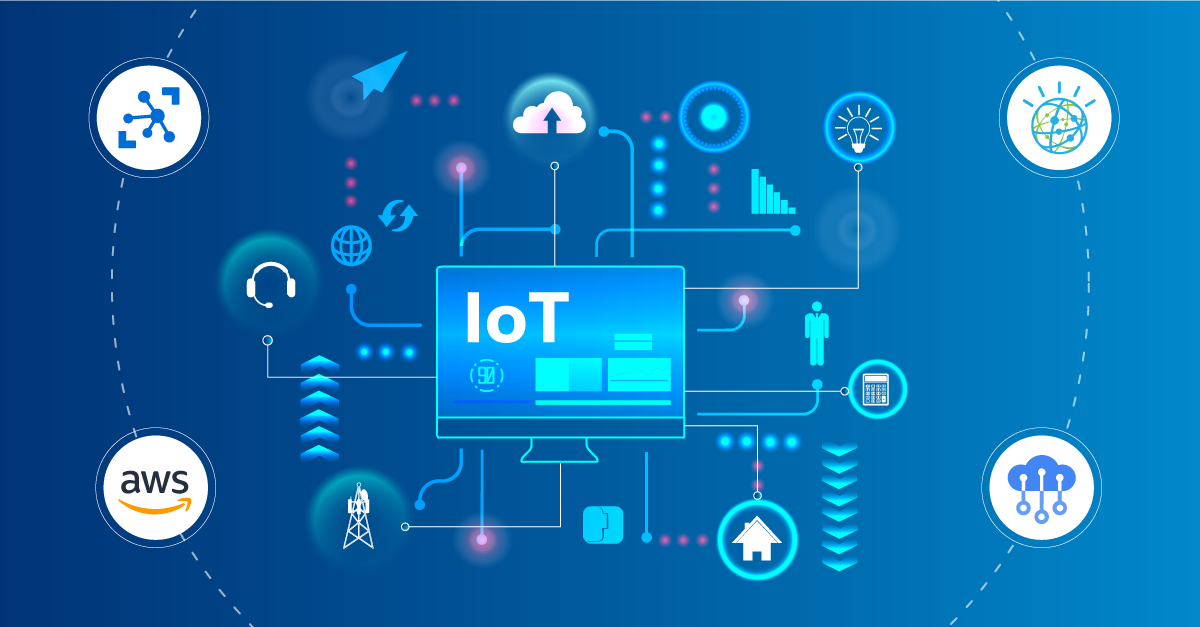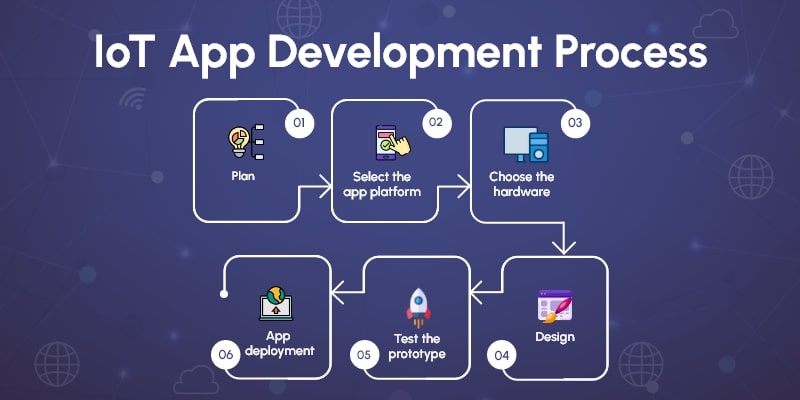
IOT
IoT (Internet of Things) services refer to the range of services and solutions designed to enable organizations to connect, manage, analyze, and derive value from IoT devices and data. These services encompass various aspects of IoT implementation, including device connectivity, data ingestion, analytics, security, and application development.









